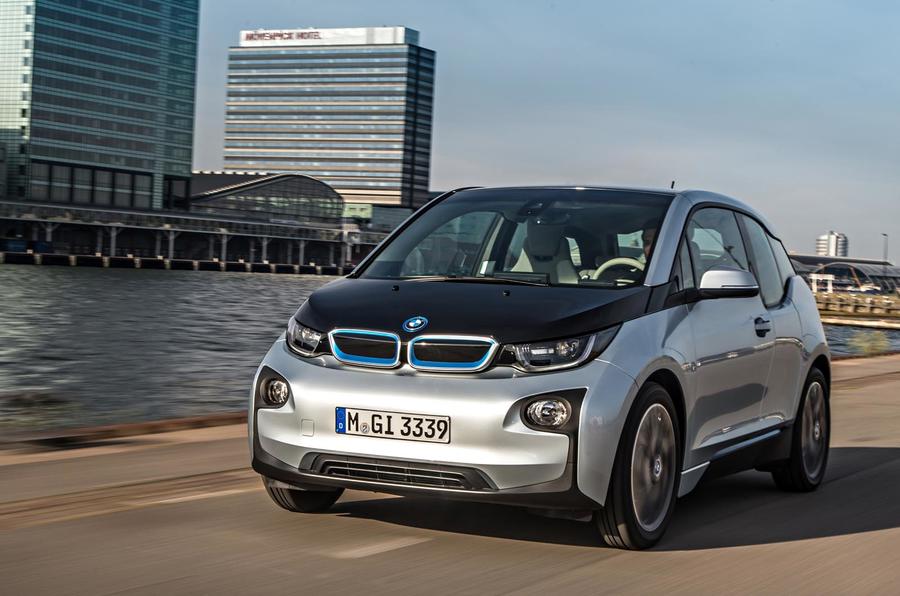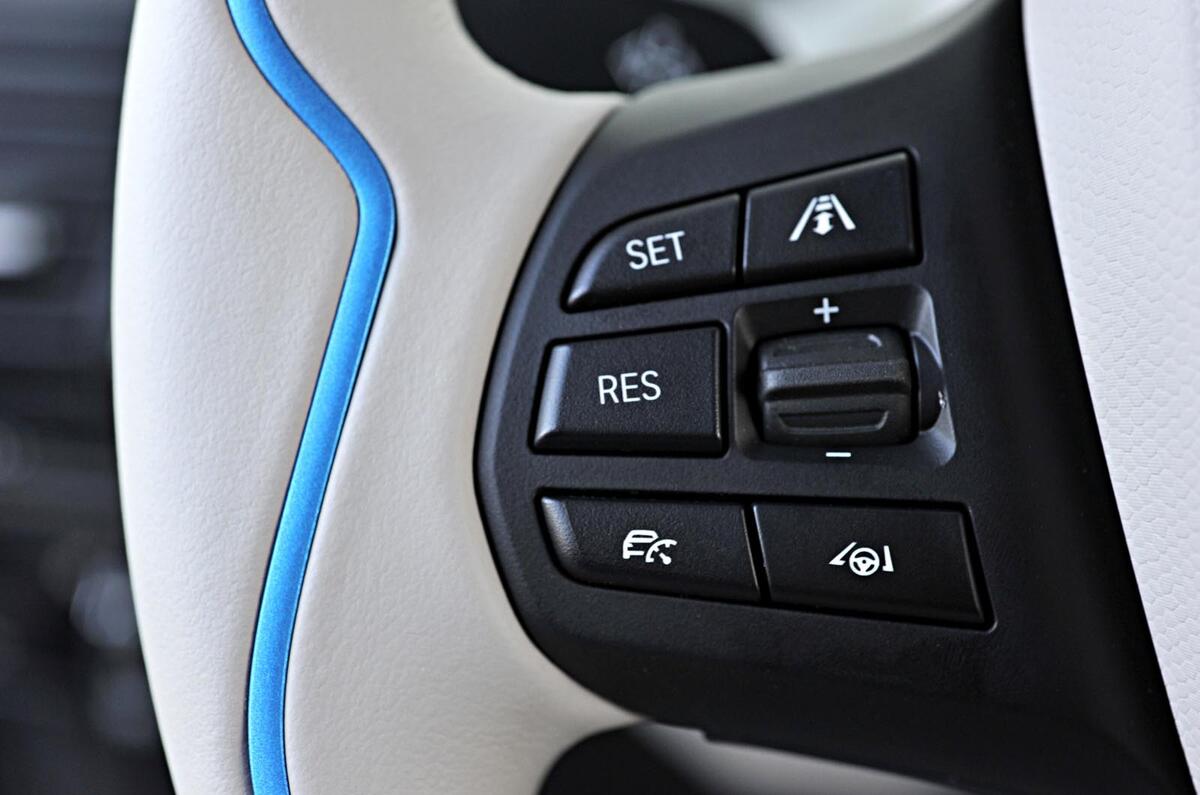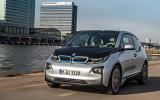What is it?
Few cars have generated as much interest or controversy in recent years as BMW’s first dedicated series-production electric car, the i3.
The opening account in a range of alternative drive i-branded models from the German car maker, it aims to shed a whole new light on urban-based motoring by bringing together the very latest in lightweight automotive construction solutions and an advanced electric driveline architecture in a tall five-door hatchback that, in standard guise as driven here for the first time, emits zero local emissions and is claimed to provide a range of between 80 and 100 miles on a high-voltage three-hour charge.
Developed at a reported cost of over £2 billion, the i3 is also significant in that it forgoes front-wheel drive in favour of rear-wheel drive, just like BMW’s traditional combustion-engine models. The promise? An entertaining driving experience quite unlike any other series-production existing electric car.
On top of this, the i3 offers an impressive range of app-based services that allow you to network the car with various mobility solutions – including public transport networks – in a move aimed at easing transport requirements.
So, as well as appealing to the head, BMW hopes its first i branded model, which grew from an internal project known under the codename Mega City Vehicle, will also appeal to the heart. And in doing so, garner broader appeal than any battery-touting rival. Young, old, singles, family car buyers, environmentally conscious, enthusiast drivers, technology obsessed – BMW says it has attempted to appeal to all tastes and requirements.
For starters, the i3 looks very futuristic, with a concept car mimicking appearance quite unlike any other BMW model past or present. The form language is unique; the only real giveaway to its BMW roots being the kidney-shaped grille and the blue-and-white roundels it wears front and rear. It is relatively compact, running to 3999mm in length, 1775mm in width and 1578mm in height. However, the inclusion of 19-inch wheels shod with low rolling resistance 155/40 profile tyres as standard tend to make it appear bigger than what it really is.
































































Join the debate
Add your comment
BMW i3
It looks like a good idea but surely they should be developing wheel hub motors , with magnesium alloy and ceramic coil cores, they should simplify the drive train.
The range extender makes it a hybrid, even better.
I3
It will never do well it's been hit by too many ugly sticks! I was looking forward to this car and really interested in it but it's far too ugly
i wonder...
What Hyundai thought when BMW announced their electric range. Can you register a letter rather than a name? Would anyone else get away with using X as a prefix? Branding consultants where are you??